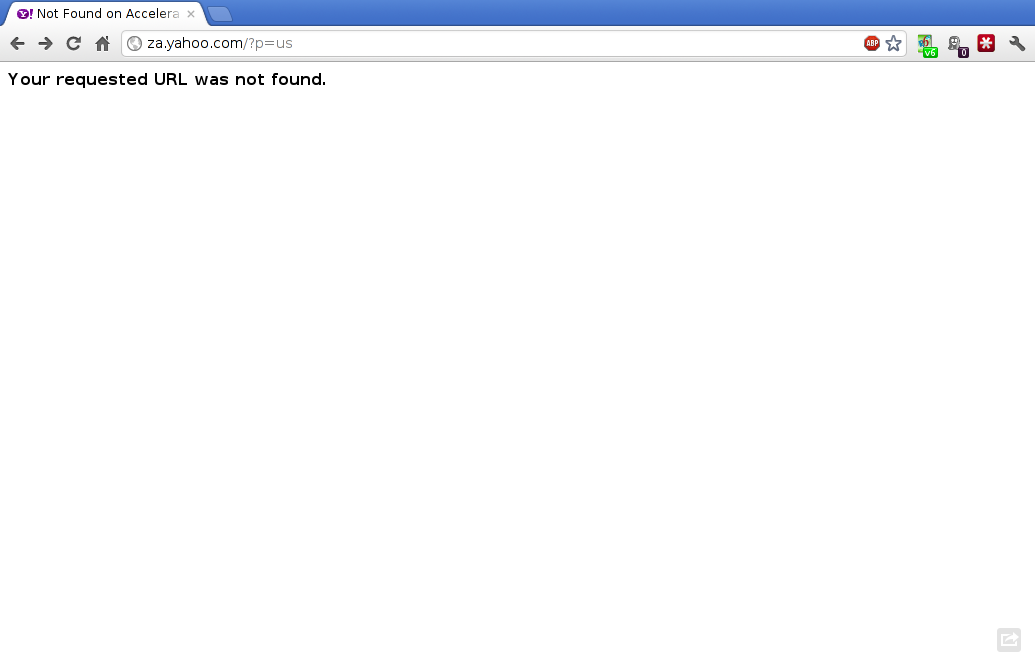The alternative title for this post would be “How your DSL connection actually works (if you’re in South Africa)”, but of course that’s silly long so we won’t go for that. This post is the one that was promised in a recent post, because it’s a subject that is often not entirely understood when being discussed, and I figured I’d rather get it done before I forget about it.
So, first things first: PPPoE. PPPoE is the protocol that’s used to dial up your session to your ISP. Okay, actually, I’ll have to back up a bit further than that. To summarise very shortly from Wikipedia, “Digital subscriber line (DSL) is a family of technologies that provides digital data transmission over the wires of a local telephone network”. The gist of this means “fast internet over your phoneline, while leaving the voice circuit free”. It accomplishes this is by sending specific digital signals over the same line at a higher frequency (this is why POTS filters are used, see more here), and these digital signals are often ethernet frames transported over an ATM circuit. This very last bit isn’t important to the layman reader, except to understand that in the configuration we have in South Africa, it’s not the ideal way to manage a connection.
Now there’s two ways one can normally work with this traffic when you, the customer, dials in. The first is how it currently works: you dial in from your computer, and Telkom “terminates” the session. What “terminates” means in this instance is that their systems are the peer that your communication speaks to (think tin-cans-with-string). The second instance (a scenario called Bitstream) is where your ISP would be the peer for your communication, and they would terminate the session on their LNS (L2TP Network Server). In either case, how this dialing works is by encapsulating a protocol called the Point-to-Point Protocol, or PPP, inside the ethernet frames (think school textbook with your notepapers pushed into the book at all the relevant pages). So effectively the PPP packets carry your actual data, with the ethernet bits being the boat for the river that is the Public Switched Telephone Network, or PSTN.
As mentioned in the previous paragraph, Telkom terminates the PPPoE session here. When you’re dialing in, their AAA servers get an access request for “alex@mydomain.co.za”, look up the AAA servers responsible for “mydomain.co.za” and sends off an access request with the same information, essentially asking “is alex@mydomain.co.za allowed to dial in with this information that was given?”. If your ISPs AAA servers respond “yes”, Telkom’s equipment will go ahead with attempting to set up your connection.
Here’s where it gets sticky. Because it’s Telkom’s network terminating the connection, there isn’t a lot of control that they can give over to the ISP on how to handle customer sessions on their equipment at a national scale, so instead they go for preconfiguring their routers with specific IP pools and routing information. This is why, if you dial from a certain line over and over again, you can quite possibly end up getting the same IP (because the device terminating your connection has a specific, finite set of IPs it could possibly give you). The configuration which Telkom uses for this is designed only around IPv4, and around their equipment “forwarding” your ISP your traffic once it has “de-encapsulated” it. Consequently, for various reasons (technical and otherwise), it is essentially impossible to deliver native IPv6 to an ADSL user in South Africa dialing up with PPPoE. This same configuration is also why all the static IP products in the market require a bit “extra” on top of just a normal dialing process.
The alternative configuration, Bitstream, is one where your ISP would be terminating all traffic, and could give you whatever services they are able to provide (within the constraints of their technical ability). Obviously the latter is the more desired option, and has been requested from Telkom for quite some time now.
Well, that’s it. I’ve tried to not go into an abundance of overly technical details in this post as I felt those could be better served elsewhere, but if there’s any questions or remarks, please do leave a comment so that I could look into it and attempt to answer or clarify.

